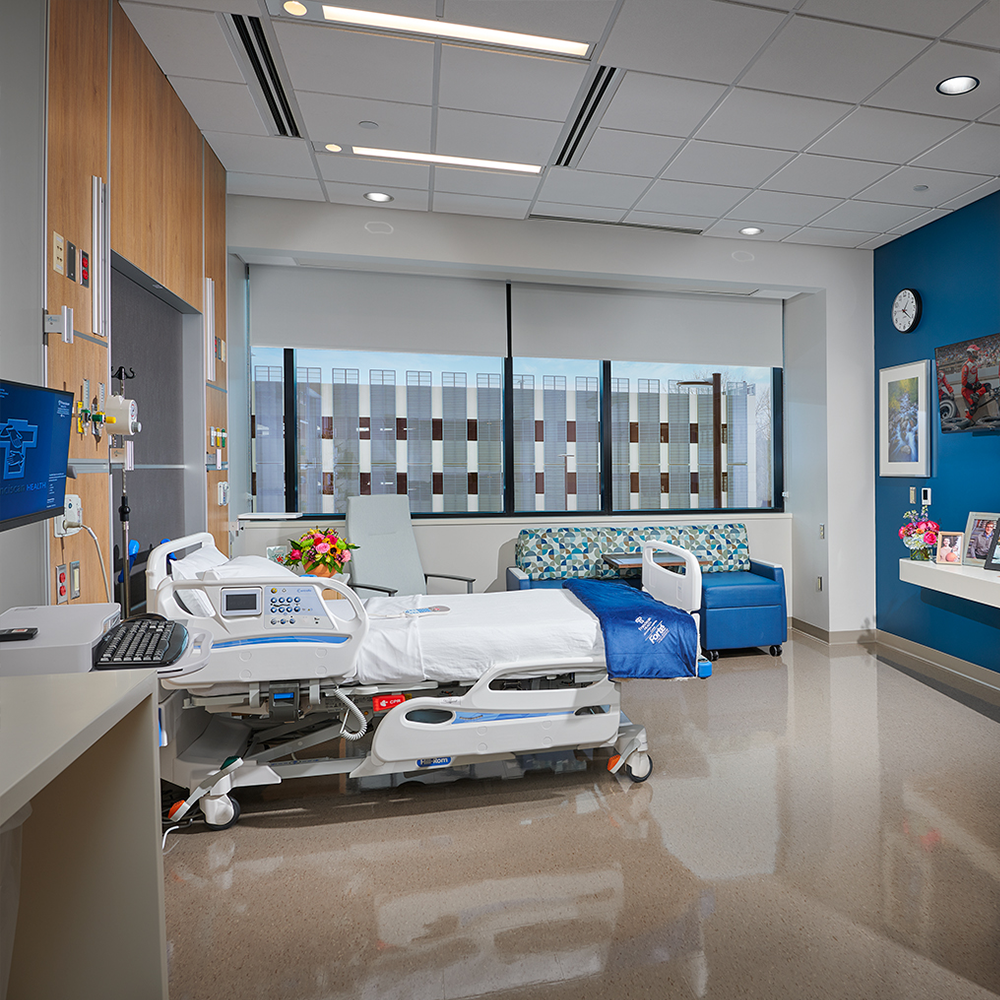The day is here...
Rest assured that all the preparation you have done up to this point will guide you through your smooth recovery. Our team has also done much preparation for you and your surgery. We are ready and waiting to take excellent care of you!
Reminder:
Do not eat, drink or take any medications you were not specifically instructed to take today.
If you were instructed to drink 20 oz. of Gatorade this morning, make sure it is completed at least 3 hours before your surgery time.

Arriving at the Hospital
Parking
The hospital offers ample, parking in the parking structure adjacent to the building. You may enter the building through the ground floor or using the walkway onto the 3rd floor.
Admission
Please arrive promptly at your scheduled time. You will be called with this time about a week before surgery.
You will check in on floor 2 if your surgery is in the hospital.
You will check in on floor 3 if your surgery is in the surgery center.
Here you will get your identification bracelet and sign general forms.
Once the nurses are ready to complete your admission, you will be escorted from the Surgery Waiting Area to the Pre-Operative Holding Area. Your family or caregiver can accompany you.
Nursing Assessment
Once you are in the preoperative holding area, the nursing staff will assist you with preparation for surgery, including checking and monitoring your vital signs and starting an IV (intravenous) line. The IV may sting, but there is no needle left in your arm; it is a very small, flexible plastic tube. You may be given antibiotics through your IV before, during and sometimes after surgery. You will have an IV after surgery for fluids and medicines.
Surgeon and anesthesiologist visits
Dr. Maratt will confirm your surgery with you and answer any last minute questions you have. Dr. Maratt will confirm the site for your surgery by placing a mark on the joint that will undergo surgery.
You will also meet with your anesthesiologist and have a chance to ask any questions about the anesthesia.
Final preparations
Before surgery you will be asked to empty your bladder. Dentures, hearing aids, contact lenses, jewelry and glasses must be removed before surgery. They will be kept with you. Once you are fully prepared for surgery, you will be taken to the operating room and your family will be directed on where to wait. The pre-op nurse and surgical nurse will perform a safety check before you go back to surgery. You will be asked to participate. We will go over all of your information again. The surgical team will also take a “time-out” before starting your procedure.
Your family
Dr. Maratt will speak with your family after surgery and they will join you once you are back in your hospital room.
Surgery
Surgery itself takes a little over an hour. However, you will spend approximately 2 hours total in the operating room because of the anesthesia and other setup. You will then spend time in the recovery room, or PACU (Post Anesthesia Care Unit).
The nurse will be monitoring your blood pressure and your pain level. You will be attached to a heart monitor and an oxygen level monitor which make beeping noises during their use. You will have compression stockings for your legs and a bandage around your surgical site. You will spend 1-2 hours in the PACU before you are released to go to your recovery room.
Once you arrive in your recovery room, your nurse will perform an overall assessment and serve as your primary contact person and caregiver throughout your stay. Your family may visit you once you are in this stage after surgery.


Inpatient/Outpatient Observation Unit
Once arrive at the inpatient unit or the outpatient observation unit, you will have some more time to rest before beginning your recovery and rehabilitation for your new joint. Whether you are going home the same day as surgery or planning on spending the night, you will be up, standing, walking and working on some movement exercises with physical therapy for your new joint within a few hours after surgery.
Contents The Day of Surgery Your Recovery